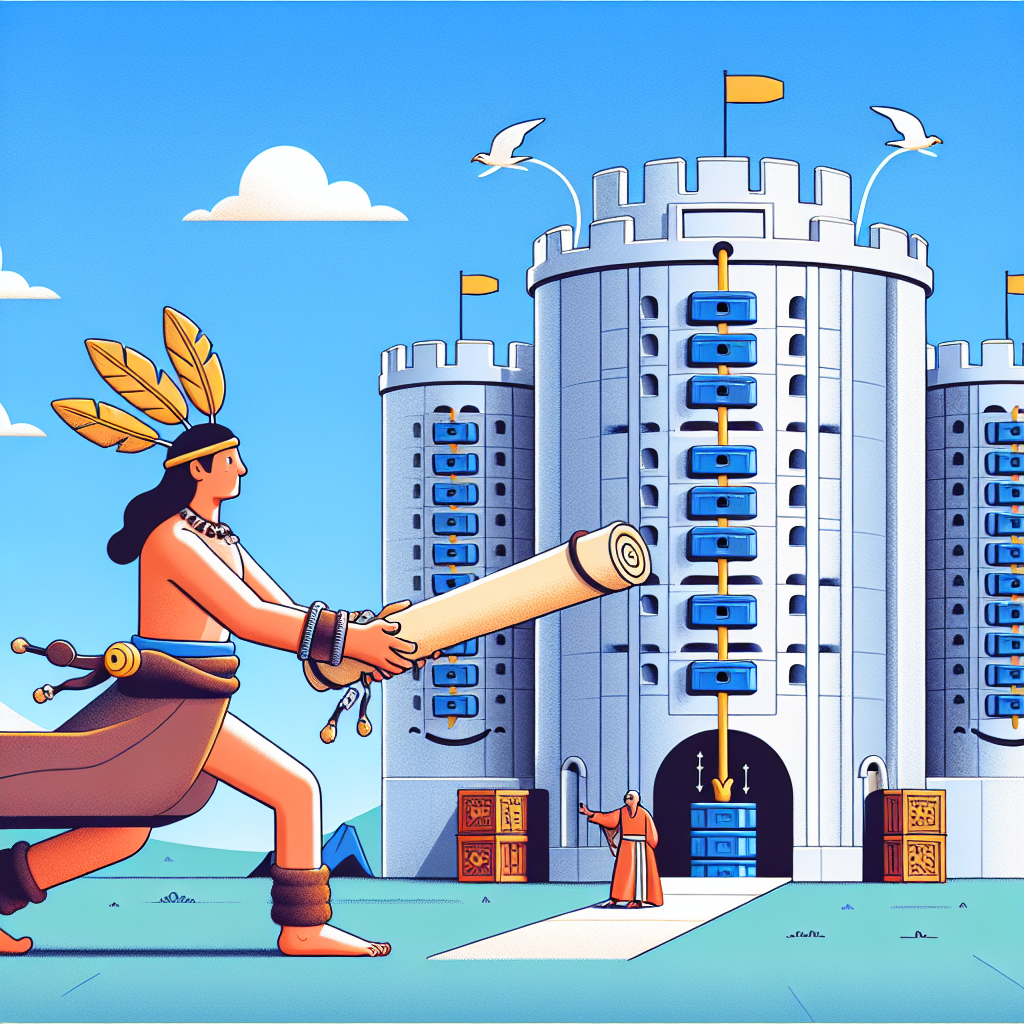Welcome to "Continuous Improvement," the podcast where we explore strategies and techniques to enhance our daily lives and achieve our goals. I'm your host, Victor, and today we'll dive into the captivating world of product design and the psychology of engagement.
Hello, listeners! I recently attended a class on the Psychology of Engagement, and I am thrilled to share what I've learned with all of you. In this episode, I'll be applying these concepts to a product that has caught my attention—an app I use daily to manage my savings and investments. But before we dive in, let's talk about the company I work for, Thought Machine.
Thought Machine is a cutting-edge product company revolutionizing the banking industry. We recently raised a staggering $200 million in our Series C funding round, backed by top venture capitalists and renowned global banks, including Nyca Partners, Molten Ventures, JPMorgan, and Standard Chartered. Our core banking product, called Vault, is a game-changer for banks across the globe.
Now, back to the app that has captivated me—the one I use to manage my savings. Its intended behavior is to encourage users to deposit and save money. I find it incredibly rewarding to check my account balance every night and see my progress toward financial freedom. The internal trigger that drives my engagement with this app is my goal of achieving financial security and independence.
To optimize user behavior, I've employed the concept of "habit zones" and identified three key behaviors my company could focus on: spending money, saving money, and borrowing money. After careful consideration, I realized that the behavior with the greatest habit-forming potential is saving money while monitoring daily interest accruals.
To better understand why this behavior is so impactful, I asked myself "why" five times. The answer lies in our need for financial security and the fear of not having enough for significant life events. By checking our daily interest accruals, we can gauge whether we are saving enough to meet our financial goals and protect ourselves from future uncertainties.
To design an external trigger that cues customers to perform this behavior, I applied the 5 Panels framework. Let me introduce you to our persona—an individual named Alex. Alex is a 34-year-old working professional in Singapore, and he wants to start saving money while controlling his expenses. He feels anxious about not being able to afford his upcoming wedding.
Now, imagine Alex discussing wedding plans and finances with Melanie at a coffee shop. During their conversation, he mentions his desire to purchase a car as well. Alex feels social pressure as his peers are getting married and starting families. These external triggers compel Alex to monitor his savings account for daily interest accruals, associating it with his fear of not saving enough for his wedding.
However, as we know, translating behavior into action isn't always straightforward. There are steps and hurdles customers face along the way. For Alex, these include receiving his salary, allocating a portion to savings, logging into the app, transferring money to a savings account, waiting for the next day to see significant interest accrual, verifying the daily interest amount, and resisting the temptation to withdraw his savings.
Albeit challenging, the most significant hurdle for Alex is allocating a portion of his income for savings. To address this, we need to offer a solution that provides the necessary monetary discipline while catering to his individual needs and desires.
Our user story for Alex goes like this: Alex, a working professional burdened by various expenses and loan repayments, finds it difficult to save money. To overcome this, he needs to cut back on unnecessary spending and determine a reasonable savings target. Our solution is to develop an app that rewards users for saving through daily interest accruals. This app will project future savings and interest amounts, helping users set aside money more effectively. Additionally, it will provide tailored services based on the user's risk profile and savings goals.
And now, let's talk about our engagement strategy. To drive and sustain user engagement, we need to employ various techniques. We'll send notification reminders, encouraging users to allocate money for savings while providing projections of their future account balances. We'll also allow for automatic transfers to a savings account, so users can effortlessly save. Variable rewards, such as a sense of achievement, saving tips, and cashback offers, will further motivate users to stay engaged. Additionally, we'll incentivize users to refer their friends, earning them a higher interest rate on their savings account.
Our strategic priorities at Thought Machine involve enhancing user engagement by offering more rewarding incentives for saving money, ensuring a smooth user experience, and continuously improving our app based on customer feedback.
To measure the success of our efforts, we've identified key performance indicators (KPIs). We'll track the number of reminder notifications sent, the number of new savings accounts opened through referrals, and the total amount of interest paid to customer savings accounts.
In conclusion, the Hooked Model is an exceptional framework that synthesizes decades of research into a simple four-phase process. By understanding and applying these principles, we can encourage more people to save money effectively and ethically through our product design.
Thank you for joining me today on "Continuous Improvement." I hope you found this exploration of the psychology of engagement and product design insightful. Remember, continuous improvement is the key to achieving our goals. Stay tuned for more episodes where we'll delve into different topics to help you optimize your life.
This has been "Continuous Improvement." I'm Victor, your host, and until next time, keep striving for continuous improvement.



